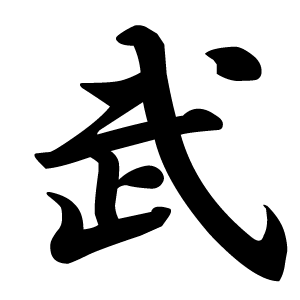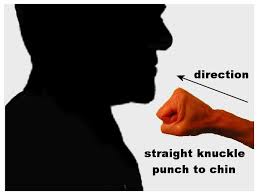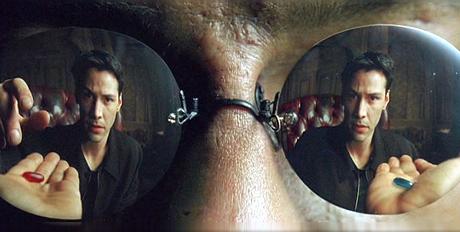The Dan/Kyu ranking system has permeated many of the Japanese arts. In my experience I found that Japanese culture tends to facilitate people becoming part of groups and the dynamic demands that ever person know their place in it. Even in something as subjective as art, dan grading systems arose to facilitate education, grading, political structure within the art community. Japanese people have a fascinating group dynamic and I think the dan system is a product of it.
 |
| Honinbo Dosaku |
[1] The dan grading system started with Go, a strategy game. The Kyu / Dan system was first introduced in the 17th century by Honinbo Dosaku, a grandmaster of the Japanese 2 player logical board game “Go”. He introduced the system, as a method of handicapping the game. Honinbo itself, was the name of one of the four famous major schools of “Go” in Japan, the head of the school was given the schools title.

[2] In Go, rank indicates a player's skill in the game. Traditionally, ranks are measured using kyu and dan grades, a system which also has been adopted by many martial arts. More recently, mathematical rating systems similar to the Elo rating system have been introduced. Such rating systems often provide a mechanism for converting a rating to a kyu or dan grade. Kyu grades (abbreviated k) are considered student grades and decrease as playing level increases, meaning 1st kyu is the strongest available kyu grade. Dan grades (abbreviated d) are considered master grades, and increase from 1st dan to 7th dan. First dan equals a black belt in eastern martial arts using this system. Top players can attain a professional dan grade (abbreviated p), with the very best reaching 9th dan professional. The difference among each amateur rank is one handicap stone. For the professional ranks, the difference is roughly one handicap stone for every three ranks. For example, if a 5k plays a game with a 1k, the 5k would need a handicap of four stones to even the odds. Top-level amateur players sometimes defeat professionals in tournament play.[47]
The rank system comprises, from the lowest to highest ranks:
Rank Type Range Stage
Double-digit kyu 30–20k Beginner
Double-digit kyu 20–10k Casual Player
Single-digit kyu 9–1k Intermediate Player
Amateur dan 1–7d Expert Player
Professional dan 1–9p Professionals
Other competitive games using the Dan/Kyu system are Shogi (Japanese Chess), Renju (Connect Five)
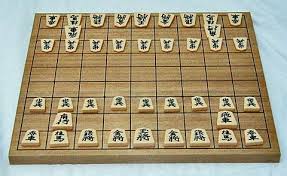
[1]Later the Japanese public schools were using the Kyu / Dan system as a means to rank ability throughout the different athletic departments. These departments were using belts or ribbons to identify ranking ability, most notably within swimming, where advanced swimmers wore a black ribbon around their waist to separate them from beginners in swimming tournaments.

Many other areas of Japanese culture had also adopted this system, i.e. Sado (Tea Ceremony), Ikebana (Flower Arranging), abucus culculation and (shodo)Calligraphy. There are even dans awarded for skill in sake (rice wine) tasting.
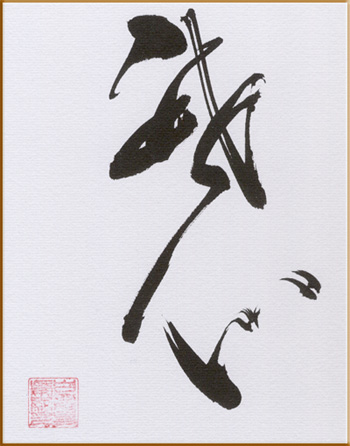 Hatsumi 's calligraphy
Hatsumi 's calligraphy
1600s (late) kyu/dan grading system started with Go, a game.
1883 - Judo instututes dan system - first shodan
1885 - kendo, Tokyo Metropolitan Police Department uses kyu system
1907 - Judo institutes black belt system
1908 - kendo, the Tokyo Higher Normal School first used dan
1917 - Kyu/Dan system stanardized in Kendo
1924 - Karate's first black belts
1931 - Aikido adopts dan system
1935 - colored belts in judo









